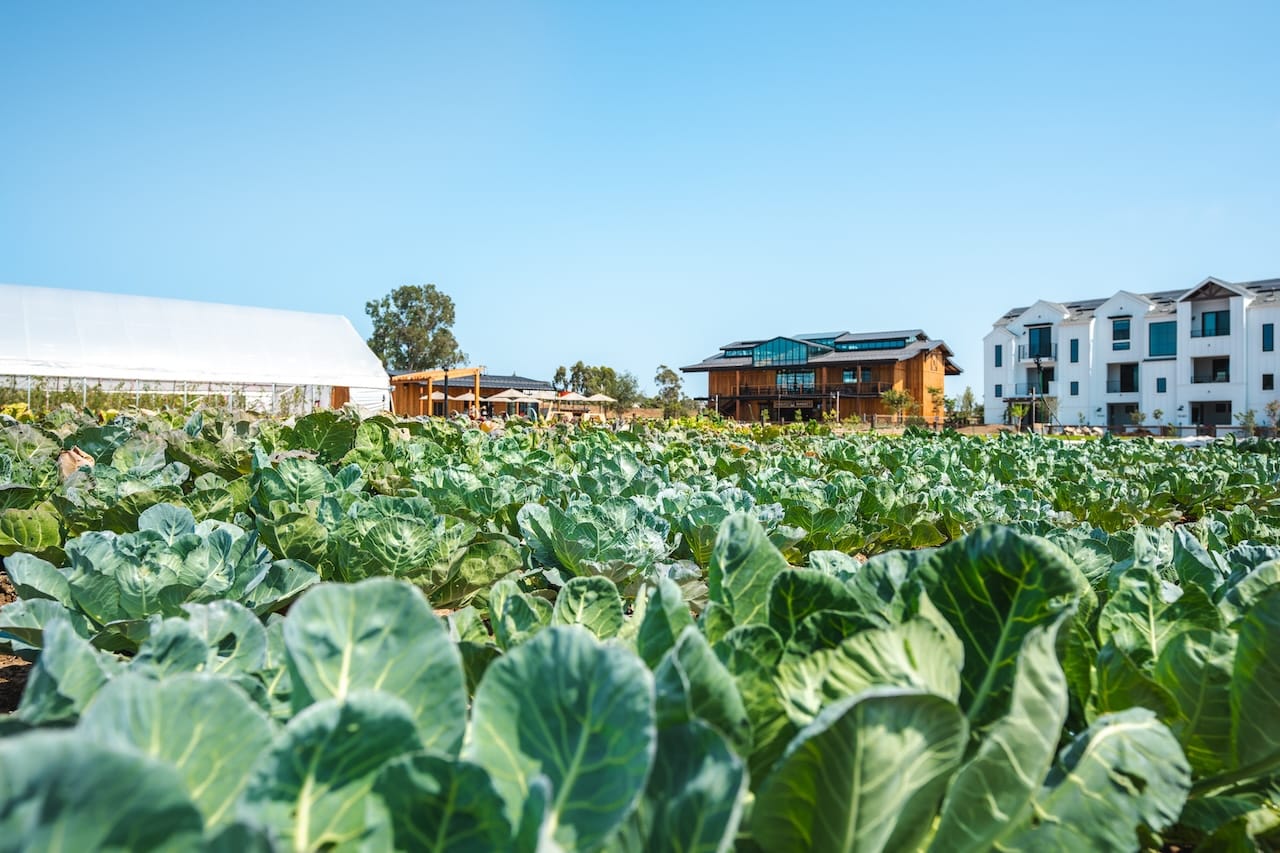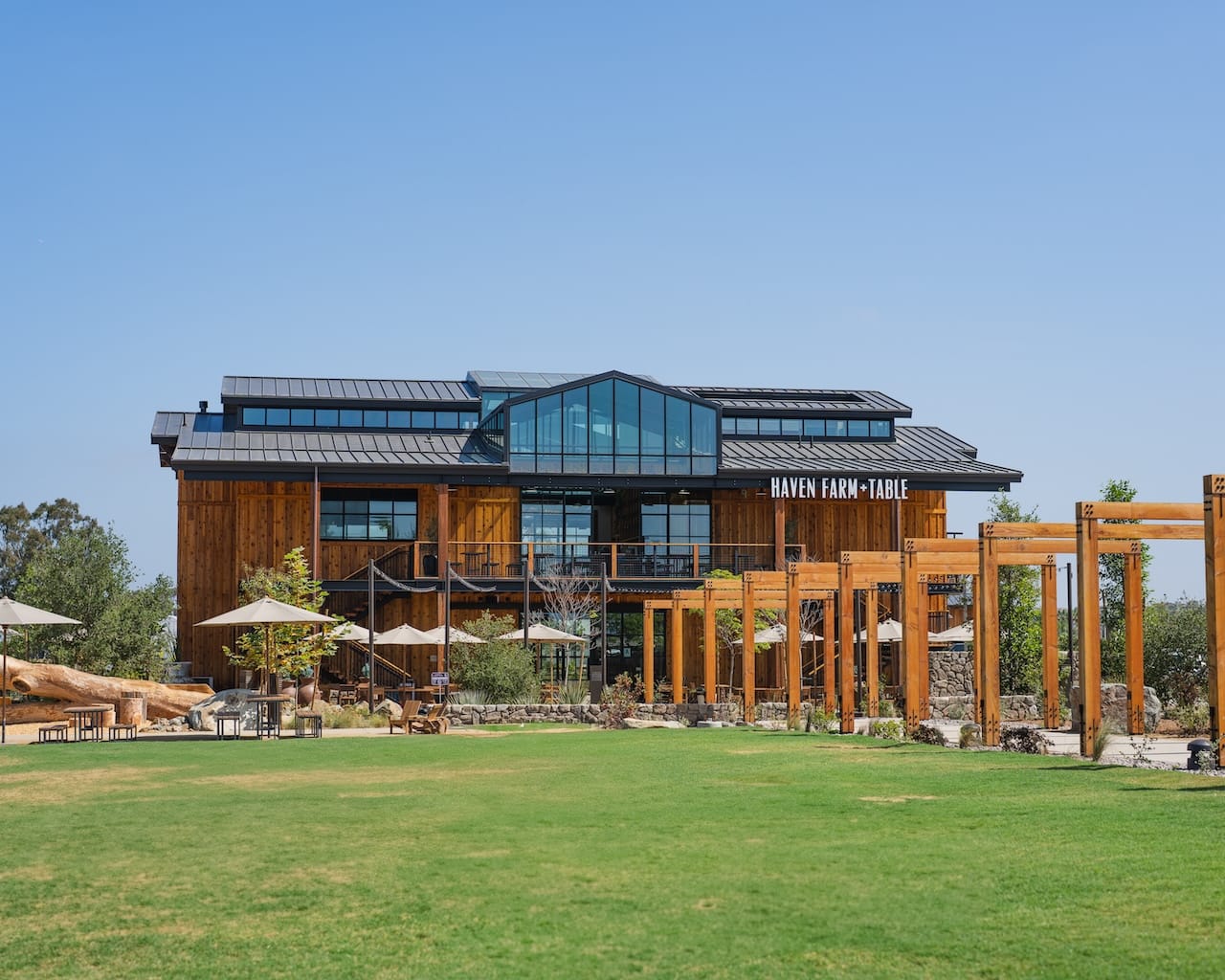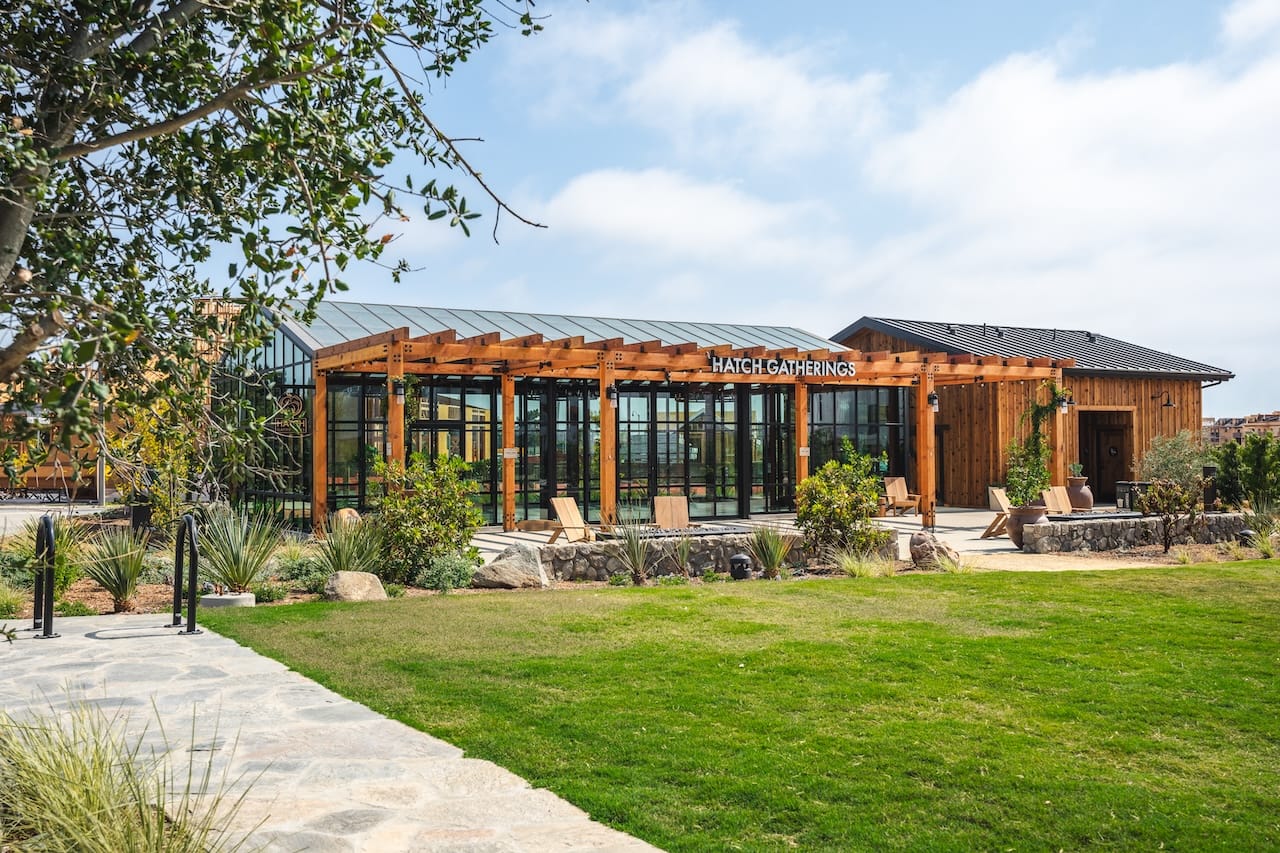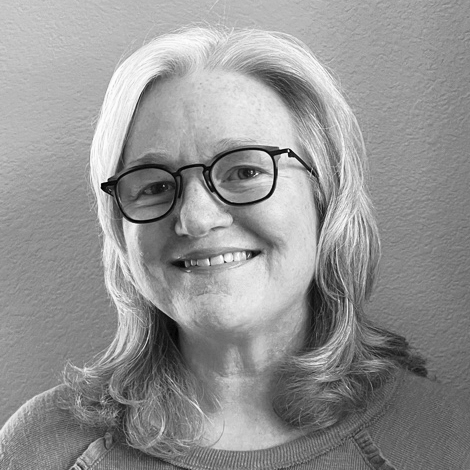Wellness & The Built Environment
Rezoned For A Future That Bridges Timely, Timeless Values
Nolen Communities put in the work to turn a coastal California site into a thriving 20-acre agrihood, Fox Point Farms.

It took years to come to fruition — seven, in fact — but Brian Grover was determined to make his vision for Fox Point Farms a reality.
There is so much exploration going on with younger developers around placemaking, social interactions, and how we can create a new form of community where people are encouraged by their built environment and the way we design it,” says Grover, managing partner of Encinitas, California–based Nolen Communities.
He was describing his motivation for the yearslong journey from vision to entitlement to land acquisition to reality for a 20-acre agrihood in a challenging coastal California market. That community, Fox Point Farms, sits on 20 acres of former agricultural land. The project's impact far outsizes its actual footprint.

Determined to Develop
When Grover acquired the land, it was zoned for agricultural use. He collaborated with a forward-thinking, community-minded land seller to acquire it with the hopes he could rezone it. It’s a classic story of development in coastal California: thousands of community meetings, knocking on doors, and fielding the concerns of NIMBYs in their multimillion-dollar homes with ocean views adjacent to where Grover and his team planned to build a dense community of 250 homes.
A narrow 3-2 vote from the City of Encinitas Planning Commission cleared the way for the project. Grover notes that he doesn’t think he would have secured the vote without the property’s working farm. Some developers think that adding a farm or community garden is all it takes to define a wellness community, but true wellness communities go far beyond that. Fox Point Farms is a stellar example of an integrated and complete wellness community, grounded in the creation of a hyper-local regenerative ecosystem that addresses the integrated domains of wellbeing.
The development plan divides the 20 acres into 12 acres of residential, and 8 acres of commercial that Grover controls and has turned into what he’s calling a “resilient artisan-crafted community.”
Grover chose Shea Homes to build all of the residences, because he knew from experience the builder's reputation for commitment to the finer-grain details of great design. When placemaking is central to your community vision, it’s vital to select a builder partner that will collaborate on and obsess over every detail inside and outside of the home.
I didn’t want to see value engineering in the residential component of the project when I’m investing everything I have right next door in the commercial component of the project,” he notes.
With up to three bedrooms across 17 plan options, Shea is building cottages, carriage homes, townhomes, and flats ranging in size from 704 square feet to 1,626 square feet. The community is being sold by priority list and has a backlog beyond capacity, making it the builder’s best-performing community in the country from a sales perspective.
Wellness Across the Board
Fox Point Farms is essentially an infill community on a former greenhouse site. It’s surrounded by 20-year-old single-family detached homes in the 2,500-square-foot to 4,500-plus-square-foot range, with no attached product within miles.
Addressing financial well-being, 20% of total units in the community are deed-restricted affordable rental homes — twice the city’s requirement at the time for inclusionary housing. The rental homes blend in with the rest of the community and will be owned and operated by a third party.
Residents can access HOA amenities, including a clubhouse with fitness, a pool, and a dog park. When people come to the community, the line between residential and commercial ownership is blurred, in large part because of a trail easement created to allow a trail with outdoor fitness stations to circle the farm.
In addition to a 5-acre working farm, Grover leaned into his passion and personal relationships as a planner and community resident to support social, mental, environmental, and civic well-being by creating an entire wellness ecosystem, which includes the following:
- Haven Farm + Table offers approachable farm-to-table American cuisine. The restaurant features large outdoor decks that overlook the farm on one side, and the event lawn and live music stage on the other. Its location at the center of the community connects it to the homes and the farm. The plan is for it to become a comfortable place for the community at large to enjoy social connections.
It's sort of like the housing—our housing here spans a lot of different buyer profiles,” Grover explains. “We're trying to create a restaurant that isn't just targeted at couples on a date night or just families, I'm trying to have it be a little bit broader.”

- Harvest Market is a small-scale organic market and café with fresh farm produce, cheese, eggs, flowers, fruit, herbs, meats from a regenerative cattle ranch in San Diego County, and a grab-and-go menu including sandwiches, bowls, salads, breakfast, craft coffees, kombucha, beer, and wine. The market’s outdoor seating includes firepits and both adult- and kid-sized chairs. To give parents with young kids (like his own family) a place to hang out and connect with others, Grover designed a play area—within eyesight of the cafe’s outdoor seating—that is centered around a reclaimed tree.
Our nature play area features a white gum eucalyptus tree cut down by the city on Coast Highway. We went out with a crane and a 40-foot flatbed truck and pulled the 20,000-pound tree out and drove it up here to Fox Point,” he explains. “So that’s an element of adaptive reuse. Now the tree is here on-site, and my daughter plays on it every day. It’s a little piece of local history saved.”
- Fox Point Brewing Co. is San Diego’s first farm-to-tap brewery, according to Grover. There are no kegs, as the beer is freshly brewed using seasonal hops, herbs, peppers, and spices from the regenerative farm and sent directly to the taps. A second live music stage sits between the brewery and the farm.

- Hatch Gatherings is a greenhouse event space at the front door of the community with transparent views of the natural landscape. The location hosts movement classes, mindfulness meditations, and wellness programming, and anchors the large community event lawn that showcases live music from a small stage multiple nights a week.
- Fox Point Roasters is an electric-powered on-site roastery that uses advanced convection and conduction technology to roast coffee while reducing its overall carbon footprint and providing craft-brewed coffee for the café.
- Heal Botanics uses ingredients grown on the farm. An herbalist blends organic teas, tinctures, and other nontoxic personal care products, which are available at Harvest Market.
Community Matters
Placemaking and the integration of all these commercial elements is one thing, and how they live is another. Grover is quick to explain that what he is doing at Fox Point would not scale — which was never his goal — but there are elements of it that are replicable, and lessons to be learned for developers and builders in all markets.
Post-war suburban sprawl has led to isolation and keeping up with the Joneses where everybody’s amenities and private things are in their private backyards, and now, after 40 or 50 years of that, we’re seeing the negative impact on our social interactions today,” he believes.
Local relationships are crucial to making a hyper-local ecosystem work, and when developing a community in an existing neighborhood — such as Fox Point Farms — Grover says intense outreach and listening to neighbors is a top priority. When initially designing the entry points for Fox Point, for example, neighbors on an adjacent street noted they were opposed to any traffic from the new community passing by their homes. Grover heard those concerns and closed off one of the planned entries. In hindsight, those neighbors now must walk ¾ of a mile around the edge of the community to enjoy the market, farm, restaurants, and live music.
Fox Point Farms is a reimagined way of living the way we used to live.
Most, maybe all, of the people buying here are buying into the community concept, not just buying a home,” Grover notes. “They want to be able to walk to a café. They want to interact with each other. They want to feel like they are in a semi-urban environment while being in the suburbs, and that’s what we are providing.”
Judging by the pace of home sales, the families and neighbors who gather daily on the community green, and the cars and e-bikes parked throughout the development every weekend, Grover’s vision for this former agricultural land is a success.
MORE IN Wellness & The Built Environment
TBD Case: Here Is A Build-To- Rent Wellness Community Model
A look at how Zeal for Living aims to boost the health and well-being of renters.
A Look Back To Move Forward As Partners In Environmental Wellness
It’s our job now to stay close with our customers, and to collaborate. To create great places -- good for people and the planet -- we need to break down barriers against adopting an innovation by focusing on its value to our customers and the cost – and value – to our businesses.
Civic Well-Being: The New Rules Of Engagement In Placemaking
The spaces and places we create in the form of new home communities, smaller scale infill neighborhoods, or multi-family and mixed-use communities stand as blank canvases on and in which civic connections occur.
